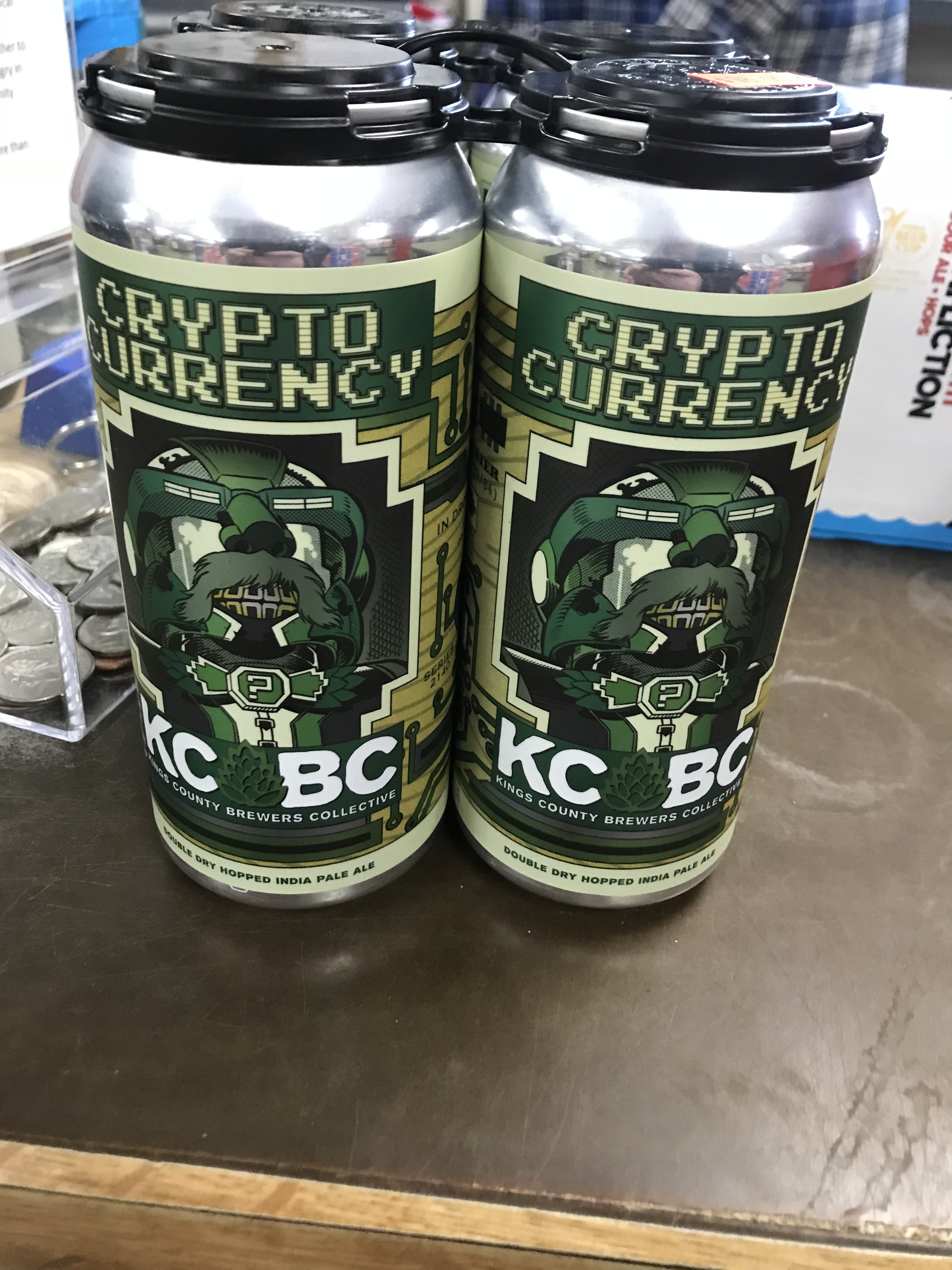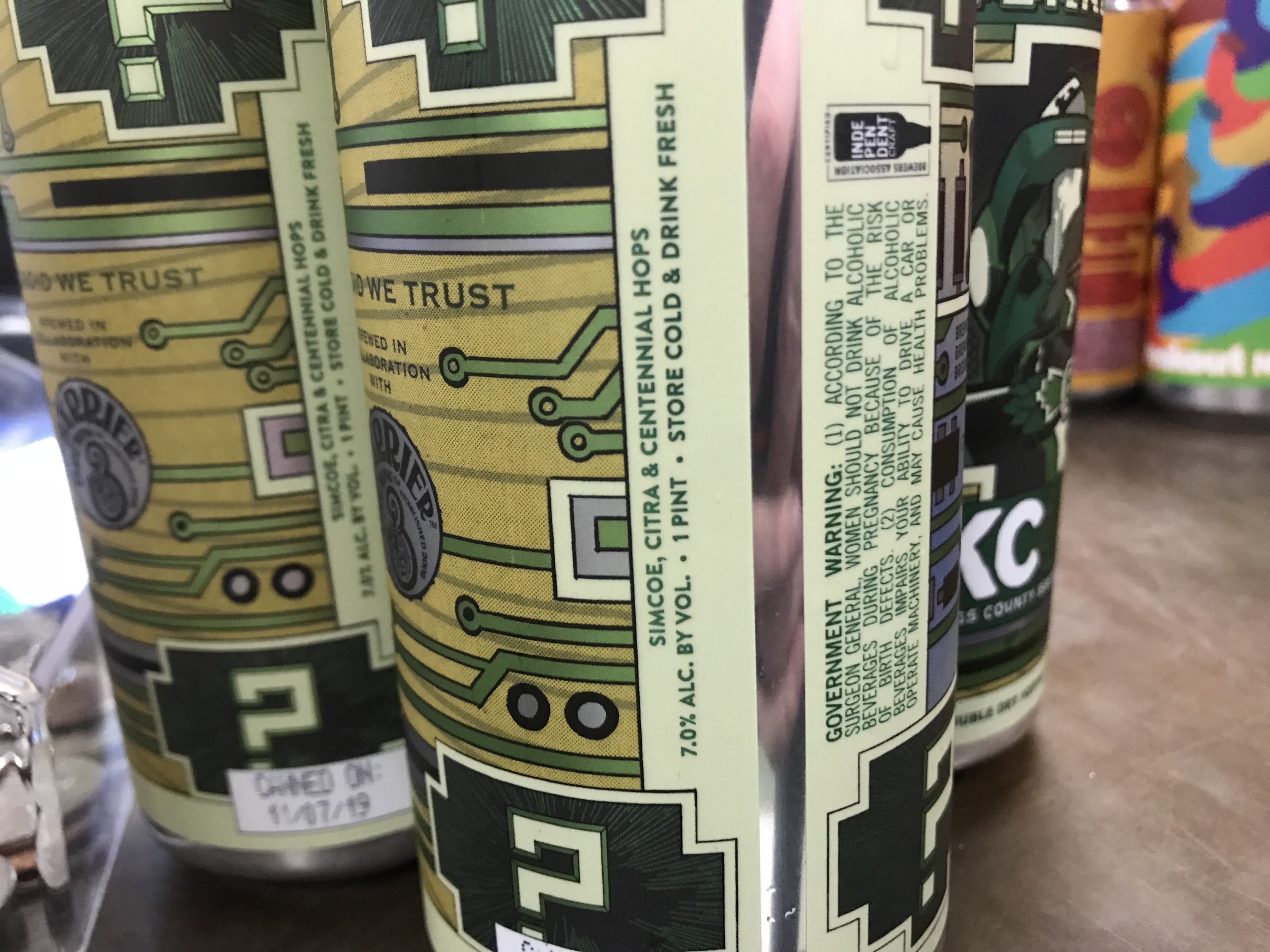RoguePixels
"This, my friend, is a pint."
Brewed this today following the grain bill and had no issues until it came time for the post boil hop addition. I ordered citra, mosaic and galaxy hops and picked them up from my home brew shop the other day. I should have checked prior to this but they mixed it up and gave me centennial instead of citra. I rolled with it and did 2 oz each of centennial, mosaic and galaxy. When it's time to dry hop should I omit the centennial so it doesn't dry out the finish too much and use something else? If so what? My home brew shop is close so I should have access to most hop strains.




![Craft A Brew - Safale S-04 Dry Yeast - Fermentis - English Ale Dry Yeast - For English and American Ales and Hard Apple Ciders - Ingredients for Home Brewing - Beer Making Supplies - [1 Pack]](https://m.media-amazon.com/images/I/41fVGNh6JfL._SL500_.jpg)



























































